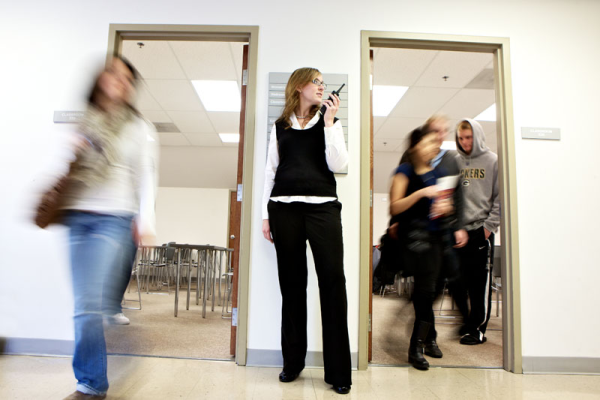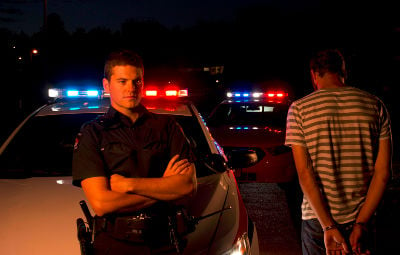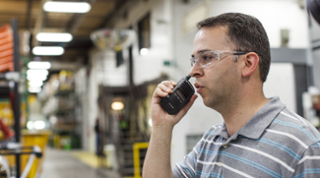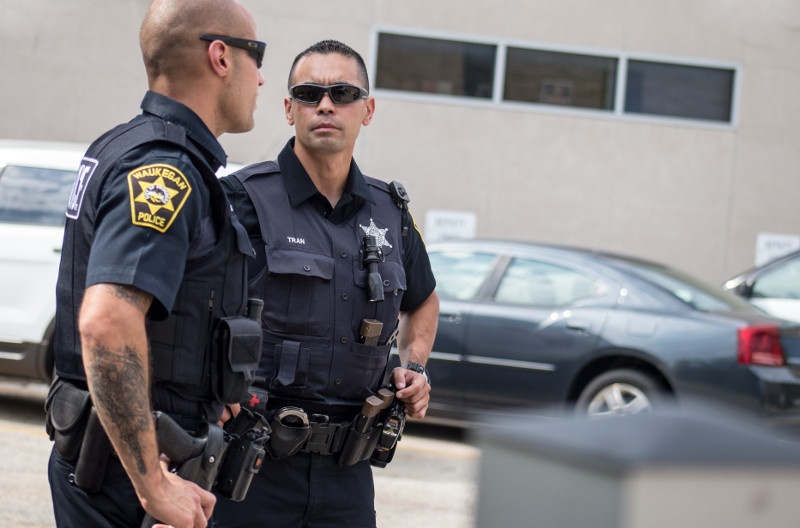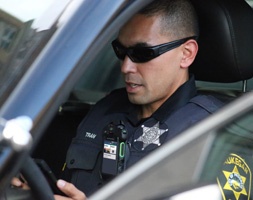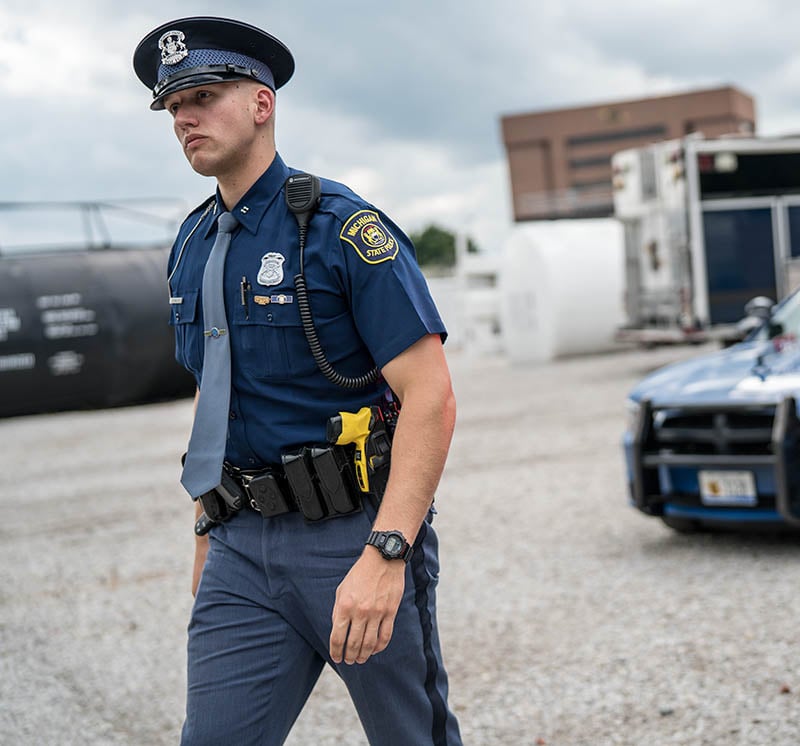In Illinois, STARCOM has made statewide radio for public safety a reality, bridging communications across local, state and federal jurisdictions, including colleges and universities.
Given the importance of two-way radios as a top communication tool for school safety and even school bus safety, it makes sense to maximize their reach with a system like STARCOM, also known as STARCOM21.
Here’s a quick overview of what stepping up campus security with statewide radio for public safety looks like.

